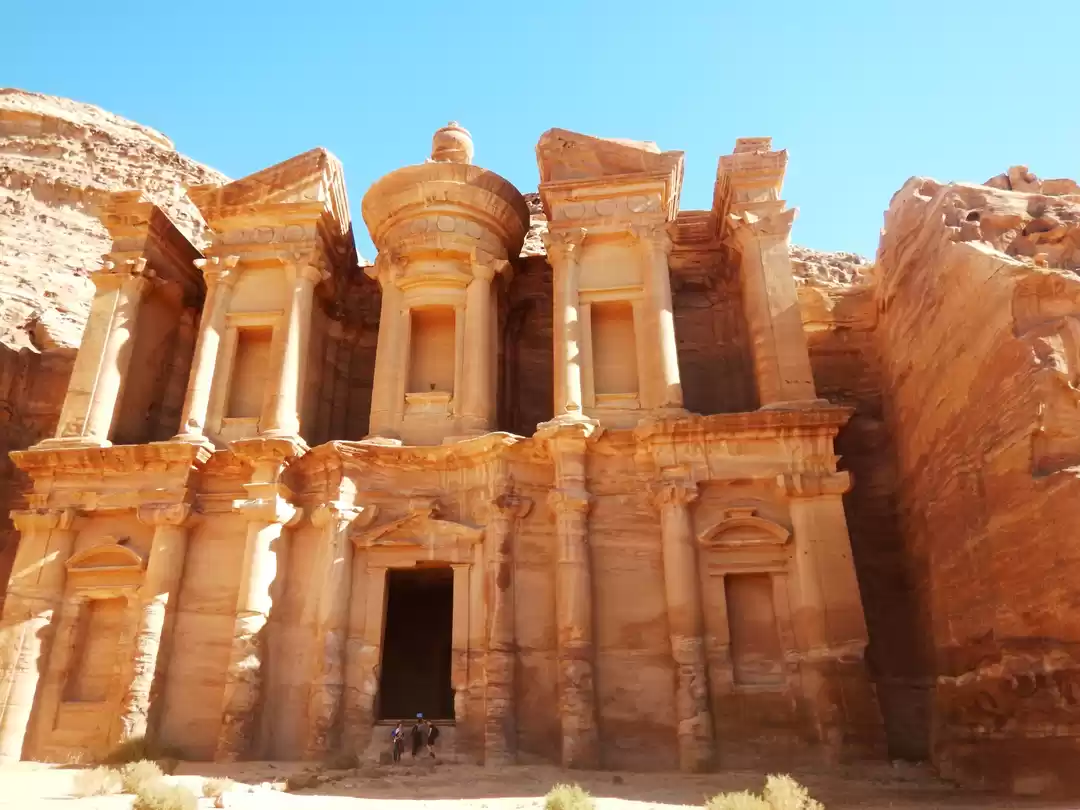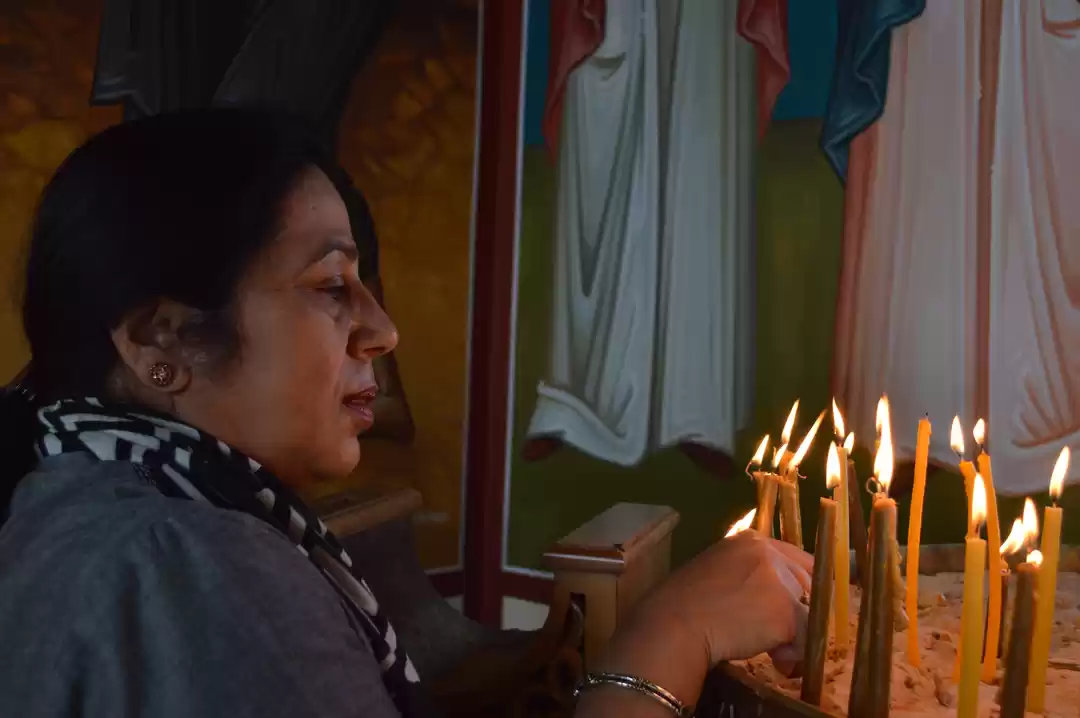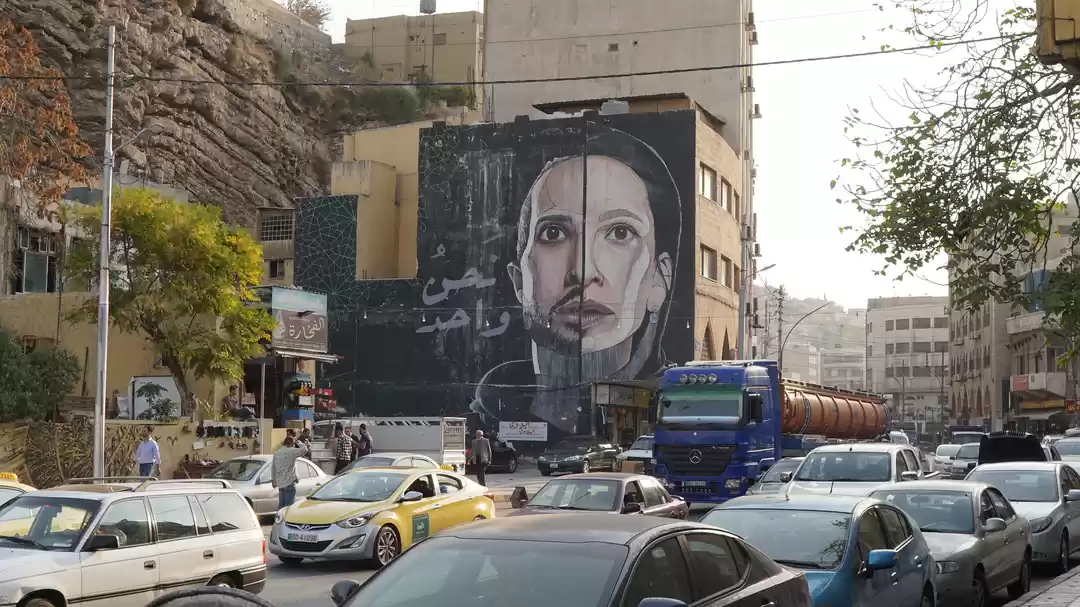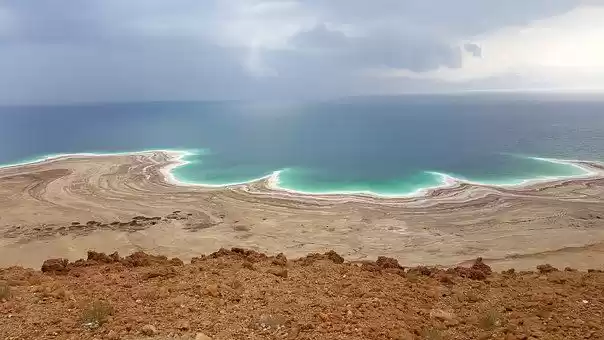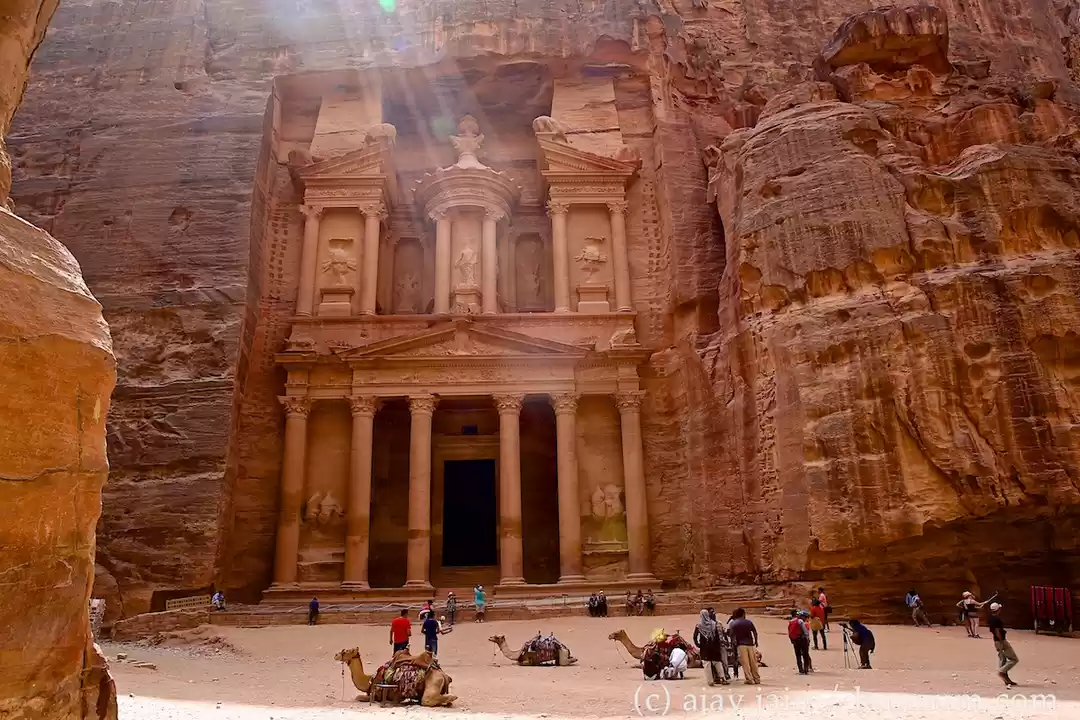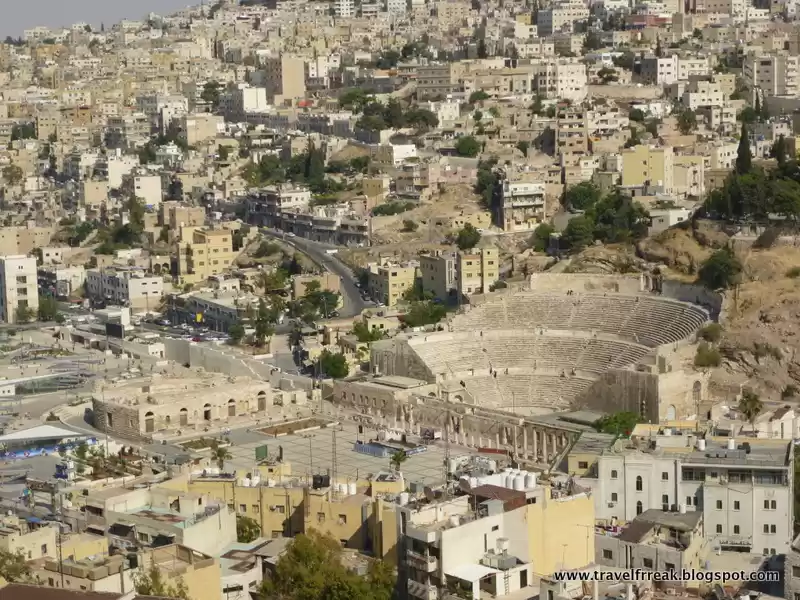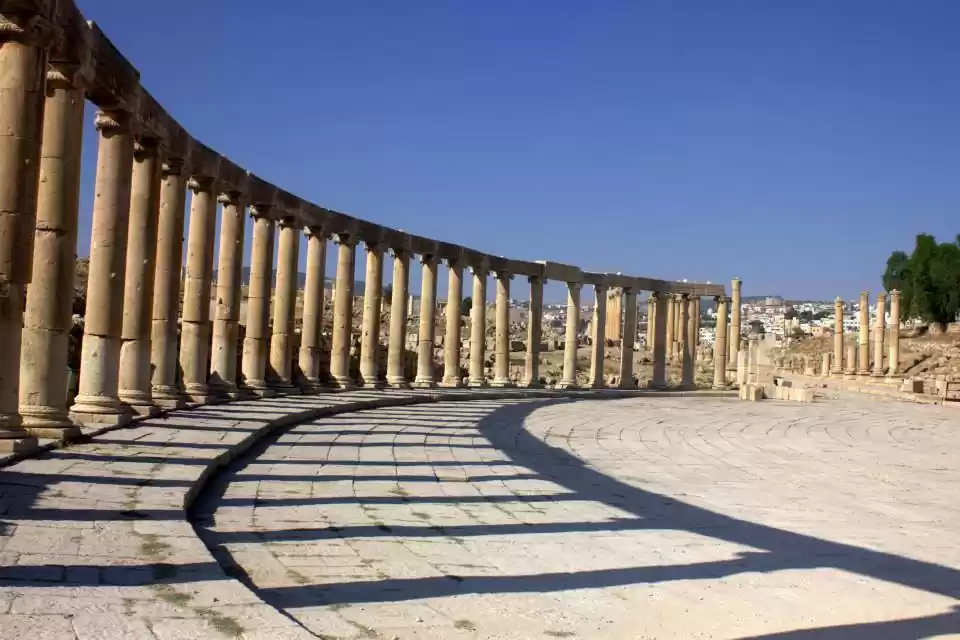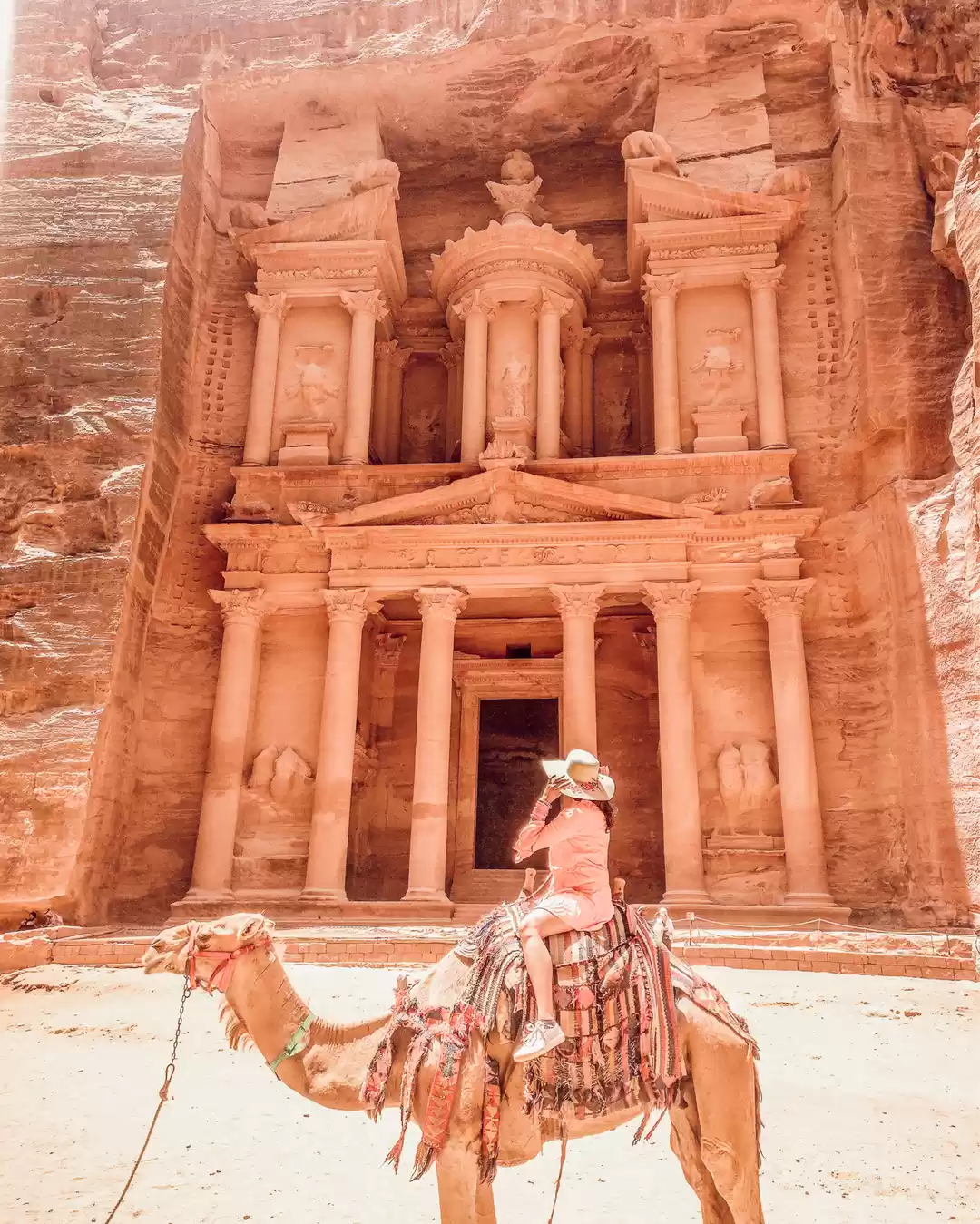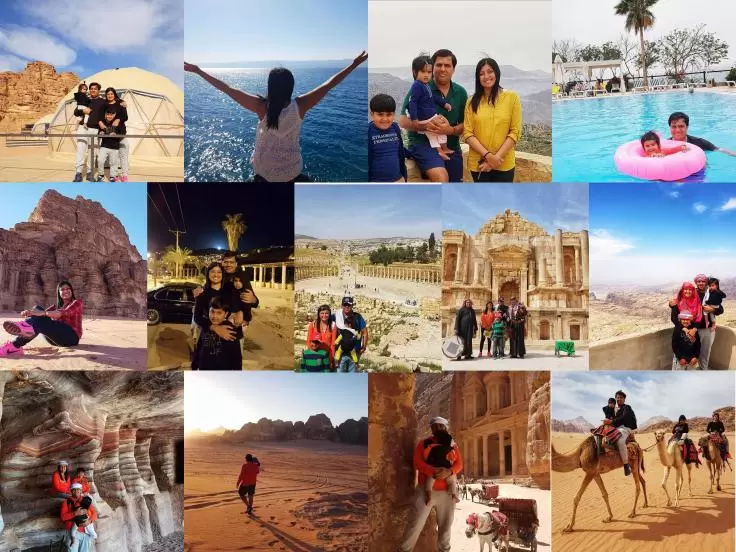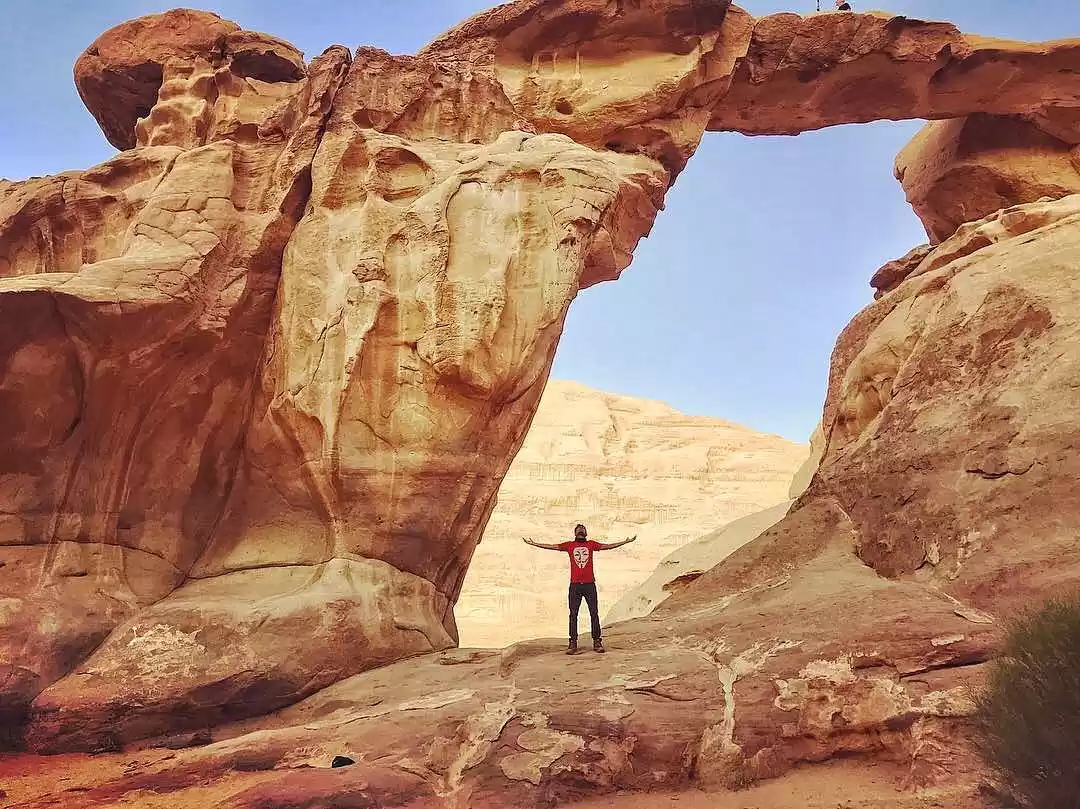
After Petra and Wadi Rum there’s still a lot to do in Jordan. The port city of Aqaba in the south is a playground for water babes. In the north, Jerash, Umm Qais and Ajloun castle are definitely worth visiting and can be covered in a single day. The Dead Sea is a floatable body of water that’s too salty to sustain life. But that’s not all. Jordan has many places of pilgrimage that are sacred to Christians and Muslims.
Bethany on the Jordan is the baptism site of Jesus Christ. It is said that he came to this very place to be baptized by his mentor, John the Baptist, who soon died under tragic circumstances. Years later Jesus too would suffer a similar fate. Today you can visit St. Elijah’s Hill and five churches - Catholic, Coptic, Anglican, Russian and Armenian. God’s Own Country, Kerala, is not the only place having so many Christian denominations. Here we have Latin Catholic, Roman Catholic, Jacobite, Orthodox, Mar Thoma, CSI, Pentecost, and God Knows What! Poor Jesus! I bet he didn’t bargain for this.
On my last trip to this Hashemite kingdom I'd dipped my right hand into the Jordan River at this very place. I was disappointed that it was a miserable stream. I had in mind the Ganga and the Godavari in my home country, so no wonder I felt let down. I reminded myself that Jordan is mostly desert and gets very little rain so it’s unreasonable to expect mighty rivers. In Egypt, I was disappointed with the Nile as well, so it was a recurring cycle of disappointment.
Mount Nebo and Madaba are the favourite haunts of the Christians. My travel buddy Tanuja hadn’t been there so off we went in a cab hired from Amman. We decided to skip the Baptism site.
The Desert Castles are supposed to be interesting too but we simply didn’t have enough time. The black basalt Azraq Fort was the headquarters of Lawrence of Arabia during the Arab Revolt.
MOUNT NEBO
I was pleasantly surprised to find that Mt. Nebo had been greatly resurrected since my last visit. The site was now well laid out with explicit maps and directions. The Church now had the most exquisite mosaics that obviously had been excavated and pieced together over the years. The only thing that was familiar was the bronze serpent monument and the view of the Holy Land. Everything else seemed new.



Jerusalem loomed in the distance but it was hard to make out. The distance is great and there were too many clouds. On my first visit I saw even less so I had fewer expectations this time. They say on a clear day you can see Jericho (in Palestine) as well. I wondered what exactly Moses had seen. I felt sorry for the old man because he died right here and never reached the Promised Land. At least that’s the legend. And there’s a burial site dedicated to him. Moreover, Jeremiah is supposed to have hidden the Ark of the Covenant and the tabernacle in a cave in the mountain.
There’s a circular stone door reminiscent of the Ali Baba and Forty Thieves story. It’s called Abu Badd and was probably rolled over to cover the mouth of a cave or hideout.

Inside the Church the mosaics are really mind-blowing. Do spend some time to take in the details. I’m sharing a few pictures here – only a sample.




MADABA
The mosaic city of Madaba is an hour’s drive from Amman. Once a Moabite town, it is mentioned in the Bible and was at some time annexed by the Ammonites and the Israelites.
The St. George Greek Orthodox Church houses the world renowned Mosaic Map of the Holy Land comprising over two million hand cut stones. Only a part of it now remains. There are a couple of other churches too – and more mosaics.
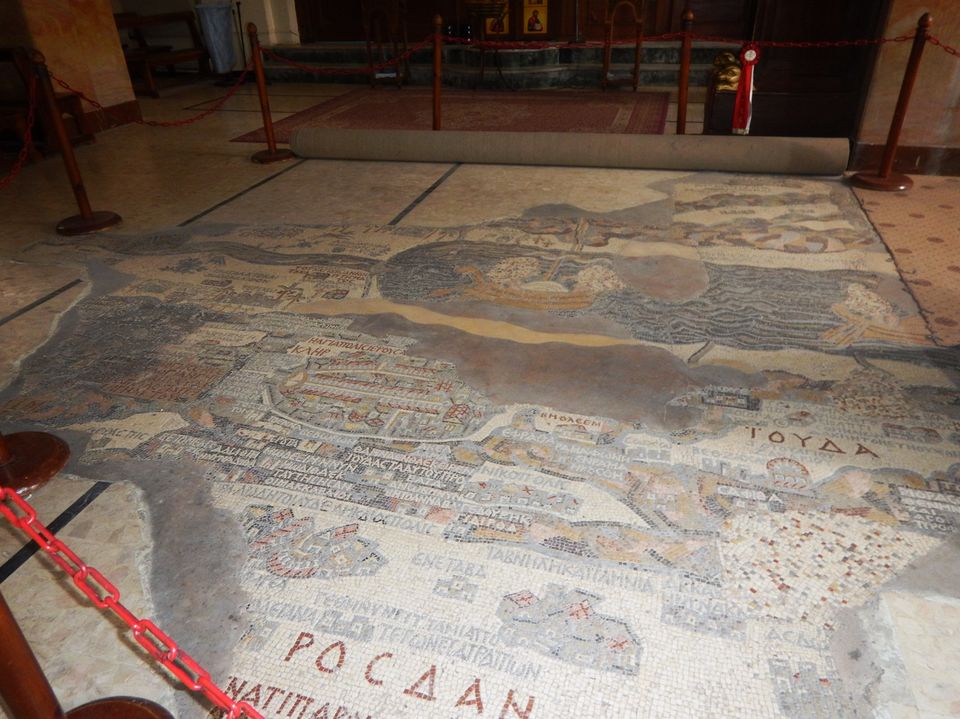

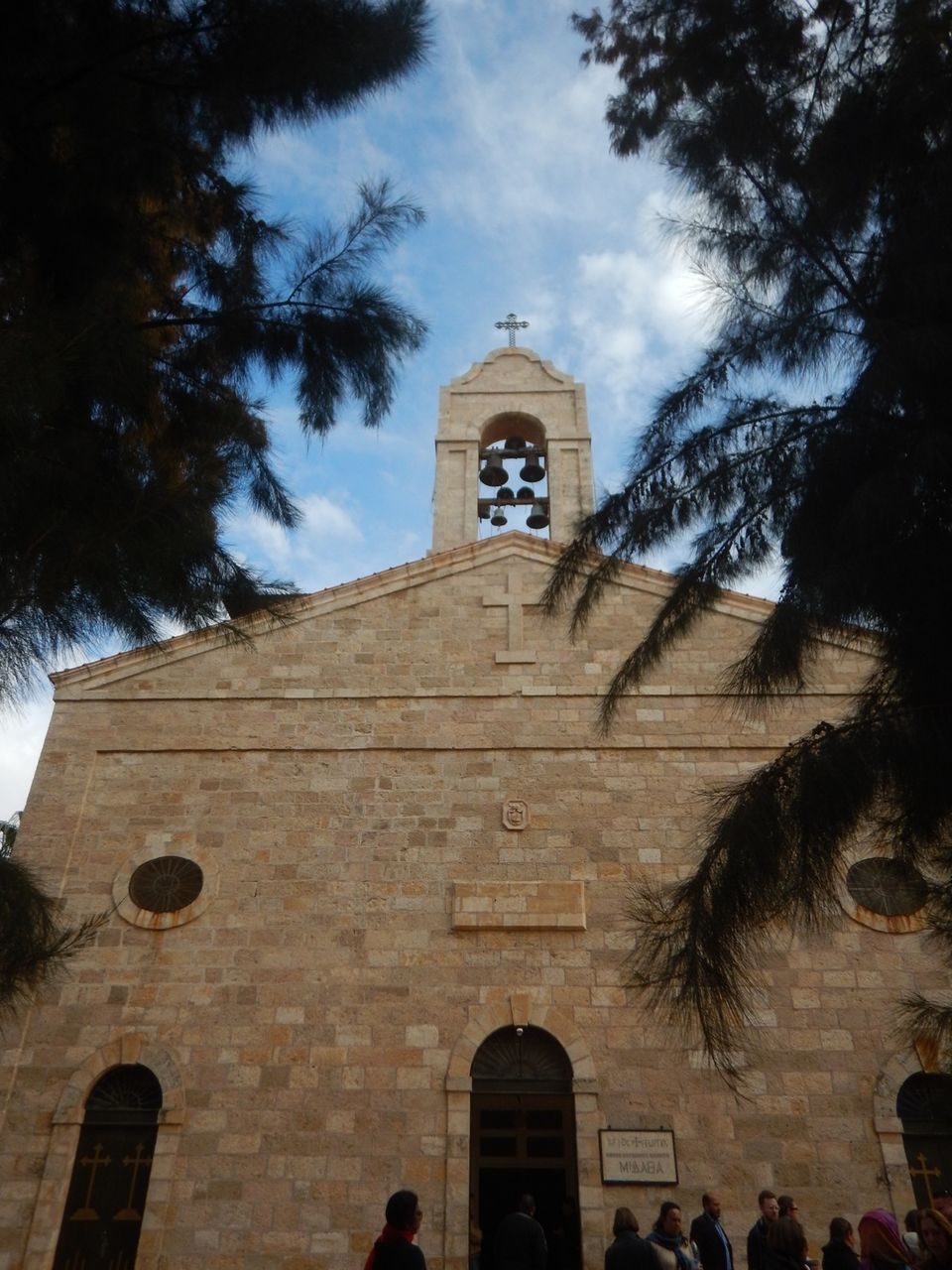
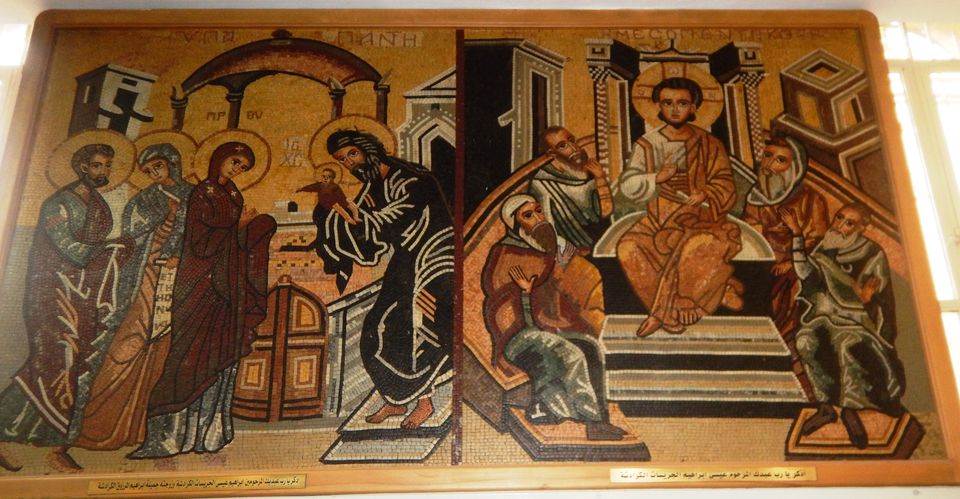
DEAD SEA
The Dead Sea lies on Jordan’s border with Israel and the West Bank. At 1388 feet below sea level it’s the lowest point on the earth’s surface. The placid waters resembled a lake. There were white deposits of salt on the water’s edge. The water is 9 times saltier than the oceans and is said to have unique healing properties. Neither Tanuja nor I had anything to heal. Tanuja being a dermatologist and I being a sceptic, we were both equally suspicious of the miracle cures.


We didn’t spend too much time here. On my last visit in 2006 I hadn’t really enjoyed the taste of the sea. That’s a bit of an understatement really. My skin had reacted badly to the black salts, so I didn’t want to take any more risks. We just drove along the sea shore and didn’t stay the night. Incidentally, Highway 90 is the lowest road in the world.
The Dead Sea Scrolls were found in the Qumran caves in 1947. I think the exact location of the caves is in Israel. The 900 odd texts are believed to have been prepared and hidden by the Essenes of Qumran, a reclusive sect mentioned in the Bible. I have with me a book detailing the content of the Scrolls, which I haven’t finished reading.
KERAK CASTLE
The Kerak castle (Al-Karak in Arabic) is believed to be a Crusader castle built in 1142. Located south of Amman on the King's Highway, it is poised on a hilltop and commands a spectacular view. It’s midway between Amman and Petra. The castle is well-maintained and well lighted.Our Jordan Pass enabled us to visit most of the sites without buying tickets every time. We saved both time and money. There were too many cats on the castle premises.
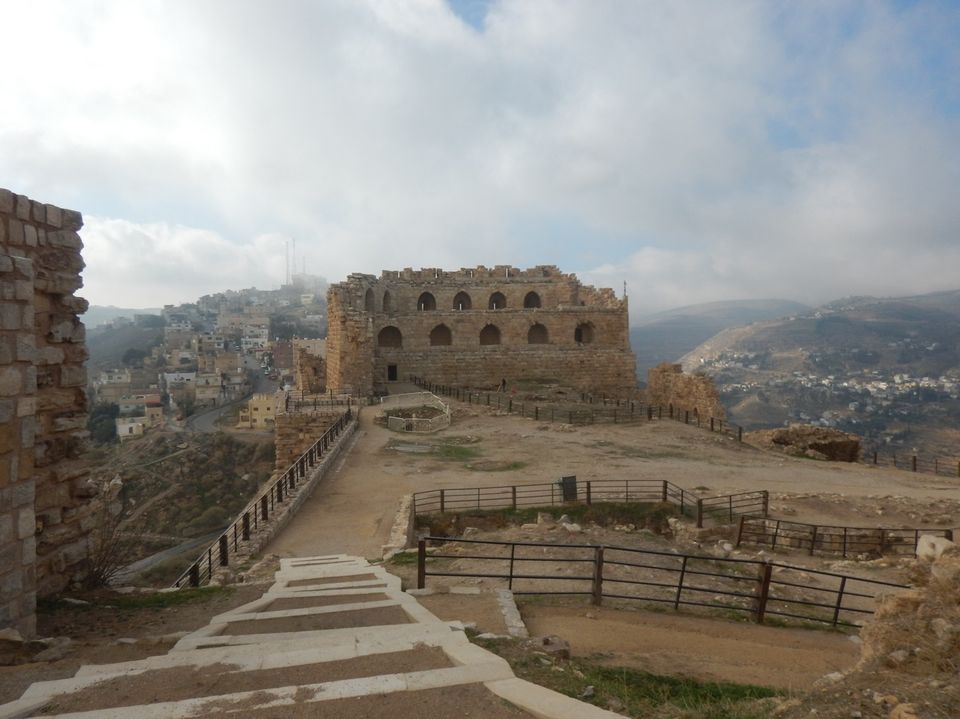


Al-Karak was once peopled by the Moabites and is mentioned in the Bible. The remains of an inscription found in Wadi al-Karak has been dated to the late 9th century B.C.
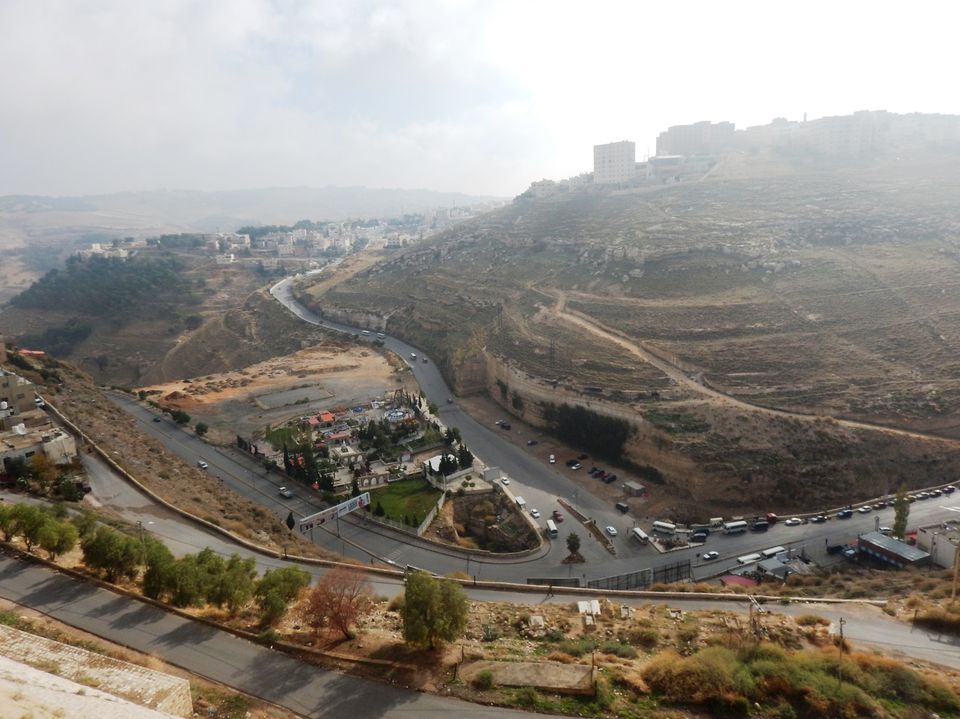
SHAWBAK CASTLE
Don’t go there! It’s all in ruins and there’s hardly anything to see. Except that a couple of guys dressed up as Crusaders presented an unusual sight. The castle was built around 900 years ago.
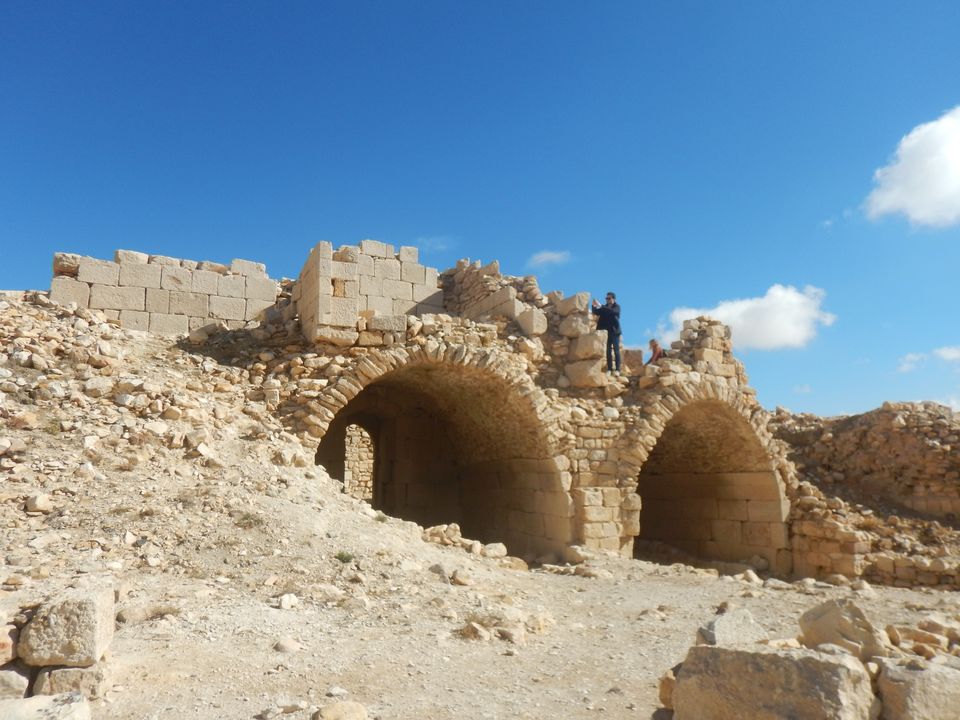
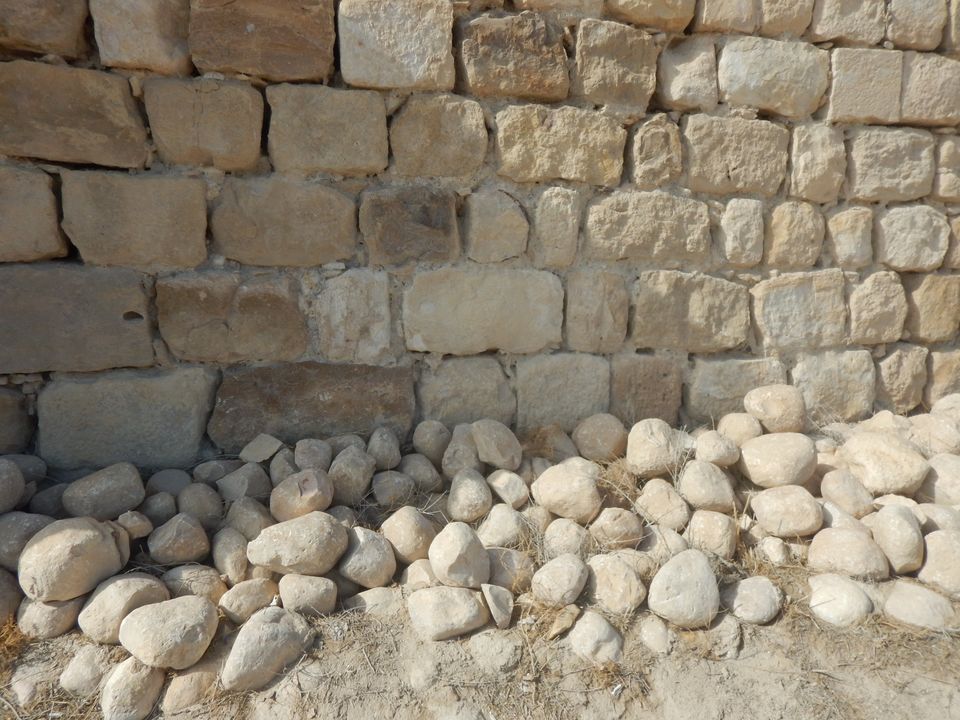
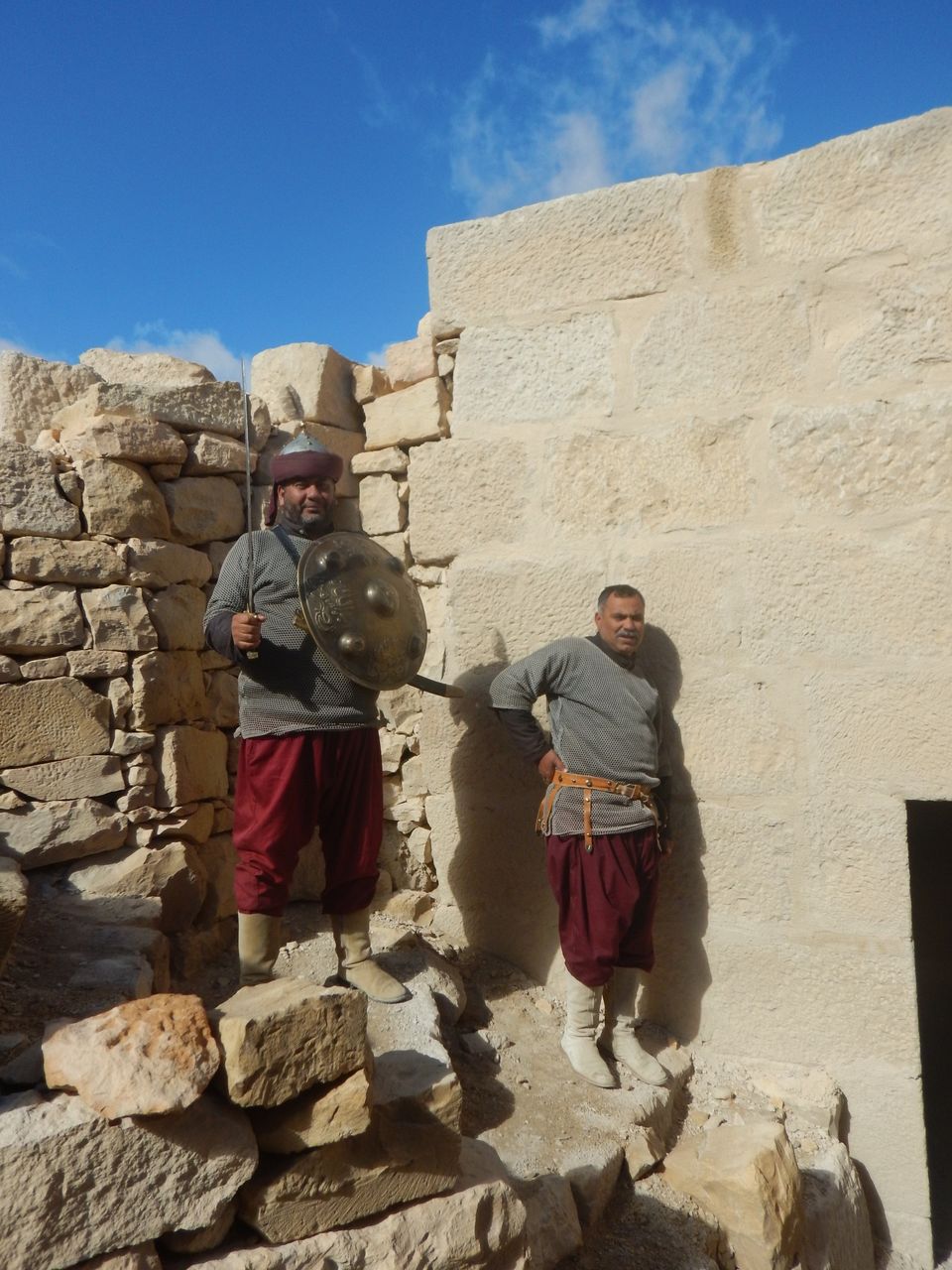
DANA NATURE RESERVE
Our cabbie told us this is Jordan’s answer to the Grand Canyon. Well not so grand but certainly imposing, impressive and incredibly quiet. We felt we were the only human beings in the region.
Trekkers would love the place. We just stopped by on our way to Petra and took a few pictures.





